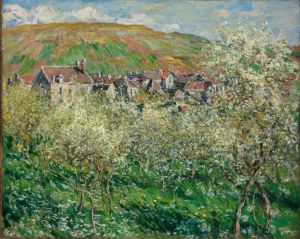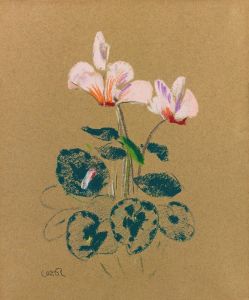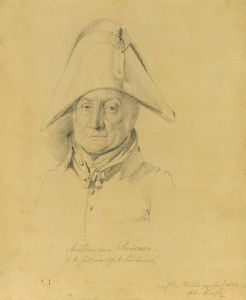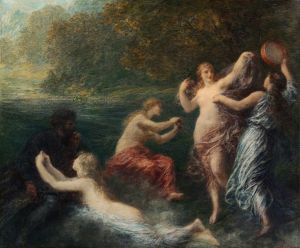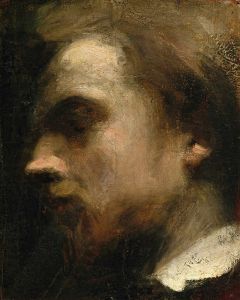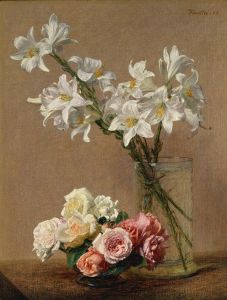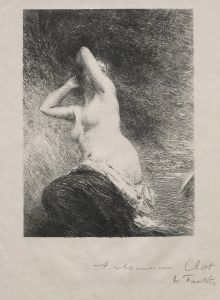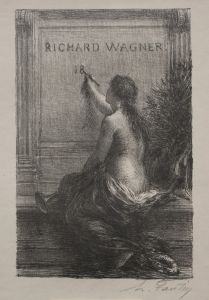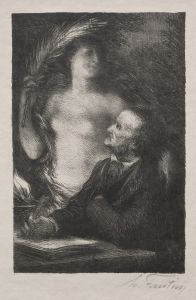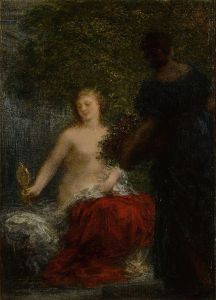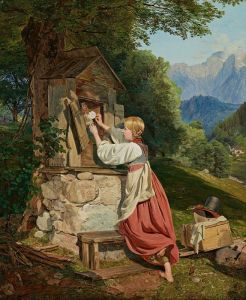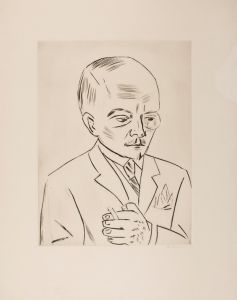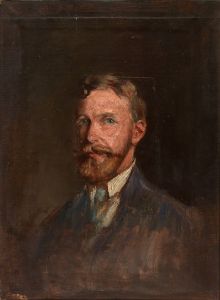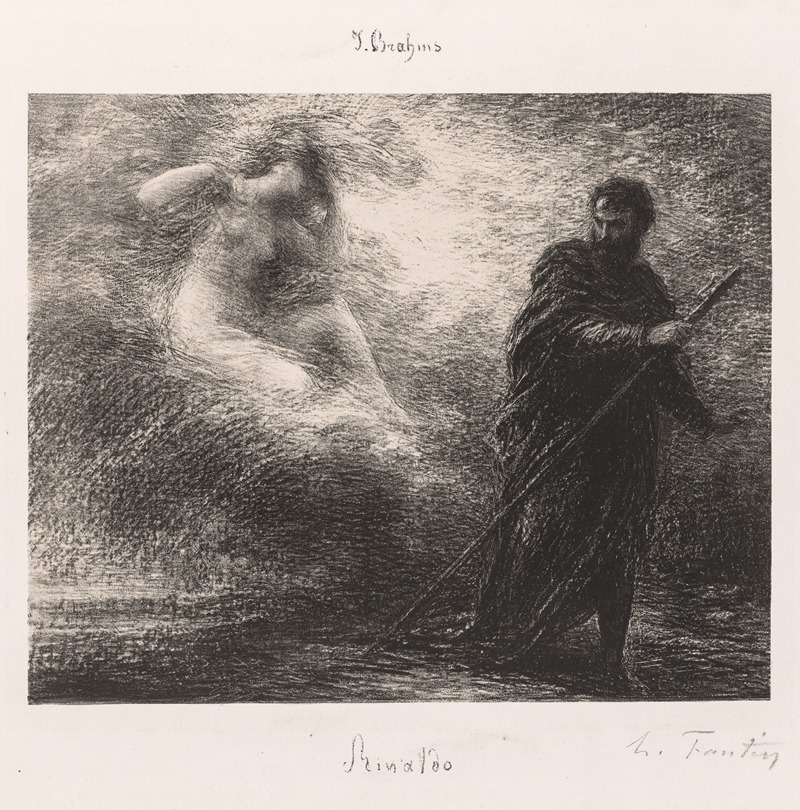
Rinaldo
A hand-painted replica of Henri Fantin-Latour’s masterpiece Rinaldo, meticulously crafted by professional artists to capture the true essence of the original. Each piece is created with museum-quality canvas and rare mineral pigments, carefully painted by experienced artists with delicate brushstrokes and rich, layered colors to perfectly recreate the texture of the original artwork. Unlike machine-printed reproductions, this hand-painted version brings the painting to life, infused with the artist’s emotions and skill in every stroke. Whether for personal collection or home decoration, it instantly elevates the artistic atmosphere of any space.
Henri Fantin-Latour, a French painter known for his still lifes and portraits, created the painting Rinaldo in 1858. This work is inspired by the epic poem Jerusalem Delivered (La Gerusalemme Liberata) by the Italian poet Torquato Tasso, first published in 1581. The poem narrates a romanticized account of the First Crusade, blending historical events with mythological and fantastical elements.
Fantin-Latour's Rinaldo depicts a scene from the poem involving the knight Rinaldo and the enchantress Armida. In Tasso's story, Armida, a sorceress allied with the Saracens, initially seeks to kill Rinaldo, one of the Christian knights. However, she falls in love with him and uses her magic to seduce and detain him in her enchanted garden. The painting captures the moment of enchantment, focusing on the romantic and dreamlike qualities of the narrative.
Fantin-Latour's interpretation of this literary subject reflects his interest in combining literary themes with a painterly approach. The work demonstrates his skill in rendering figures and his sensitivity to mood and atmosphere. While Fantin-Latour is best known for his still lifes and group portraits of artists and musicians, Rinaldo showcases his ability to engage with allegorical and narrative themes.
The painting is characterized by its soft, muted palette and a focus on the emotional connection between the figures. Fantin-Latour's style in this work aligns with the Romantic tradition, emphasizing the poetic and emotional resonance of the scene. The influence of earlier Romantic painters, such as Eugène Delacroix, can be seen in the composition and treatment of the subject matter.
Rinaldo is one of Fantin-Latour's less frequently discussed works, as his reputation primarily rests on his still lifes and portraits. However, it provides insight into his broader artistic interests and his engagement with literary and historical themes. The painting is currently housed in the Musée des Beaux-Arts in Lyon, France, where it remains an example of Fantin-Latour's exploration of narrative painting.
This work is a testament to Fantin-Latour's versatility as an artist and his ability to draw inspiration from diverse sources, including literature and mythology. It also reflects the 19th-century fascination with medieval and Renaissance themes, which were often revisited in art and literature during the Romantic period.





